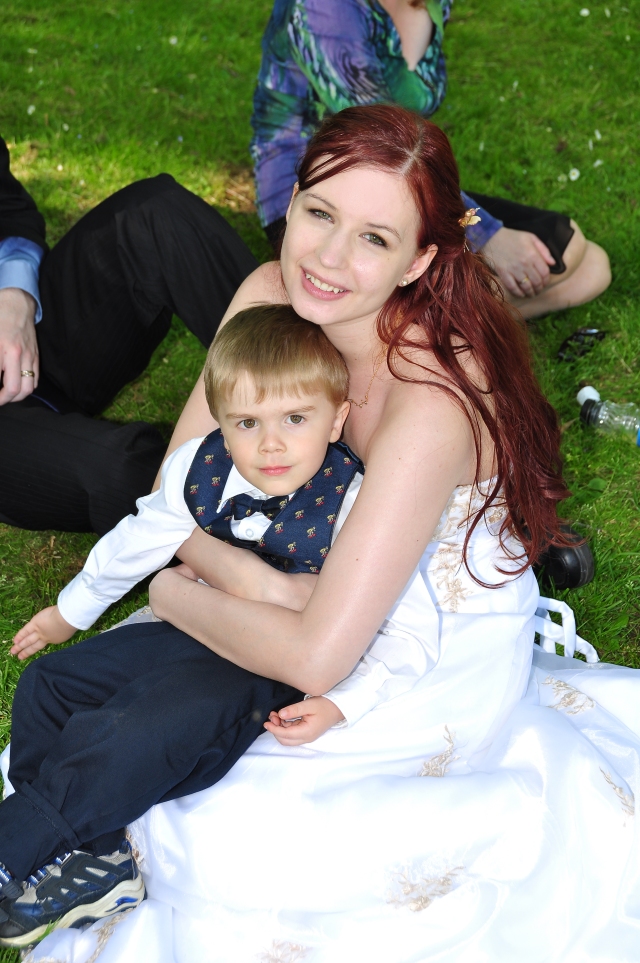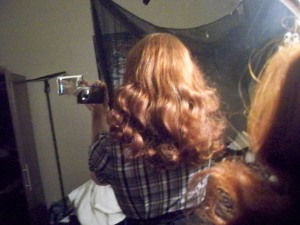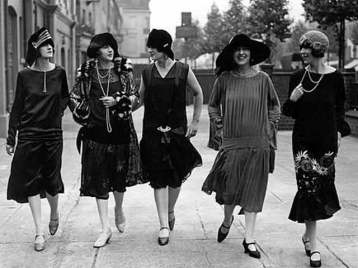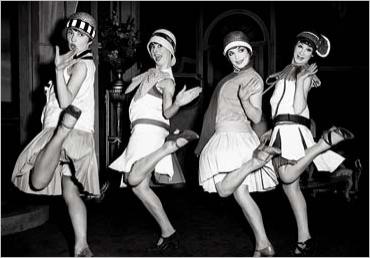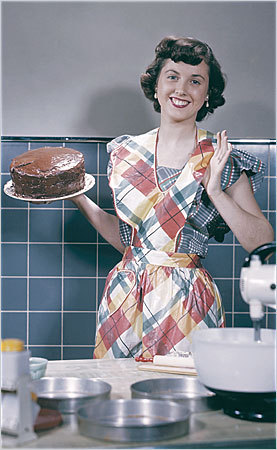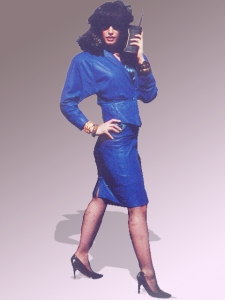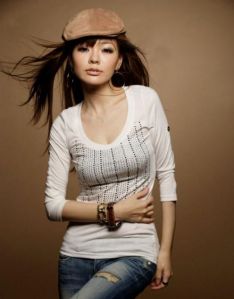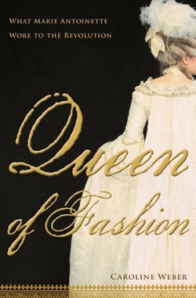
There’s a common misconception out there that wedding dresses are white to represent virginity or purity. This belief is so firmly held that I have even gotten into arguments about it. This is actually a big load of crap. Historically, many colors were worn at weddings, with each color meaning something different. Until the early 20th century, more often than not brides just wore their best dress. There are tons of pictures documenting this. White actually became popular when Queen Victoria wore it for her own wedding. This was a status symbol, because white can get dirty so easily it showed that she had enough money to buy a dress she would only wear once. Well obviously, I mean she was the queen after all. Royalty being the rock stars of their day, this set what is probably the biggest and longest running fashion fad in history, to the point that we don’t even know why we do it anymore and the idea of doing anything else is confusing to everyone.
If you’ve ever had to shop for a wedding dress, you may be familiar with something they call “white blindness.” So many white dresses after a while tend to all blend together until nothing seems to be working out and you just want to be done with the whole business. But not all of us like white. Not all of us look good in white. Some of us wear white just because we buy into this odd superstition that not wearing it will make people think we’re whores. This is kind of screwed up, isn’t it? White in the sense that people think we wear white for virginity doesn’t even work in today’s world. Almost ever.

When I was shopping for my wedding dress I originally wanted a blue one. Because there seemed to be no such thing as a blue wedding dress, I did what many Offbeat Brides do and looked for a bridesmaid’s dress or prom dress instead. I guess it made sense, they all thought I was looking for a prom dress anyway because I married young and looked even younger. This was only the beginning of my big wedding dress fiasco in that all of these dresses were silly and disgusting and cost more than my rent. Just no.
In the end I opted for a white dress not so much because it was white but because I saw it on ebay and loved it. I would have loved it just as much if it had been green. But I was reassured by the fact that it was white only because my wedding was turning out to be such a failure that at least something could go “right.” At least something about it would be normal, and I needed a comfort like that. Well, the dress sucked anyway. Damn you eBay.

Slowly, finally, things seem to be changing now. There’s a bit of a growing niche market now for pink wedding dresses, and I’m so excited about this you have no idea. Finally a group of girls who are probably more pressured to conform than anyone else in western society are starting to think outside the box. Yes! Pink is lovely! It makes for a fantastic wedding dress color! In fact I plan on wearing pink to my vow renewal next year.
I hope this is only the beginning. Let’s see some red, blue, green, yellow, even black. I once saw pictures of a girl who wore black on her wedding day and livened up her look by carrying a rainbow of balloons instead of a flower bouquet. How cool is that? It was so beautiful.

Women are not all the same. We’re beyond the point of all following the lead of a lady who died over a hundred years ago just because magazines seem to think we should. We have a lot more personality than this. Weddings are about the couple, not how well they can copy and paste a bunch of tired ideas. And seriously, most of us aren’t virgins. And we’re not fooling anyone. Well, maybe I did.
They still thought we were going to prom.
